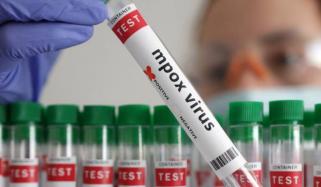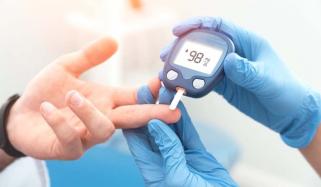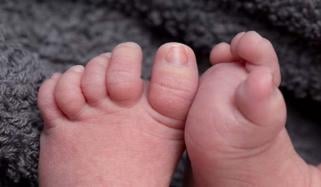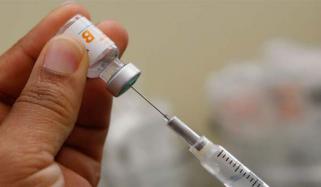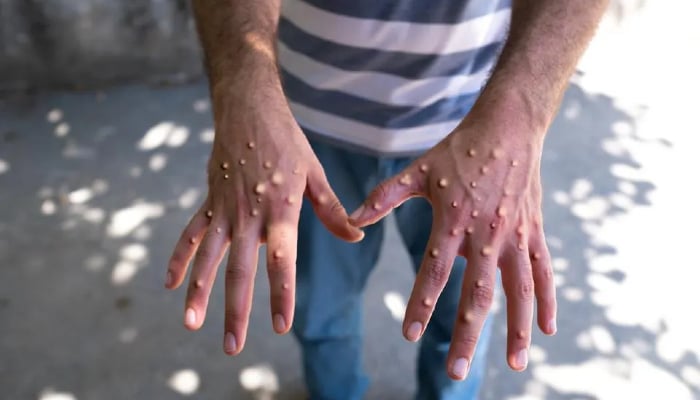
Monkeypox is slowly becoming the next pandemic for the world.
According to Sky News, the disease is spreading at an alarming rate in Africa. There is a 160% increase in cases as compared to the last year, whereas the death rate also jumped to 19%.
More than 15,000 cases and 461 deaths from monkeypox have been reported in 2024.
Most of the mpox cases are mild, and the patient recovered in a few weeks, but it can be deadly too.
How Does It Spread?
According to the US Centres for Disease Control and Prevention (CDC), the disease spreads through close contact with infected people.
The new variant, Clade 1b, spreads more quickly and easily by close contact, especially among children.
Jean Claude Udahemuka, from the University of Rwanda, declared Clade 1b as ‘the most dangerous among all the known strains of mpox.’
Symptoms
The common symptoms include rash skin or pus-filled lesions, which are better within two to four weeks. However, the other symptoms as per the CDC include:
• Fever
• Chills
• Swollen lymph nodes
• Exhaustion
• Muscle aches and backaches
• Headache
• Sore throat and Cough
Treatment
The disease control centre said that there is no approved treatment or medication for mpox but if the infected people do not have skin disease and a good immune system, they can recover with painkillers only.
Moreover, Western countries are using two-dose vaccines that protect against the virus, but they are not available in Africa.
As estimated by CDC scientists, Africa needs over 10 million vaccines, but only 200,000 are available.

